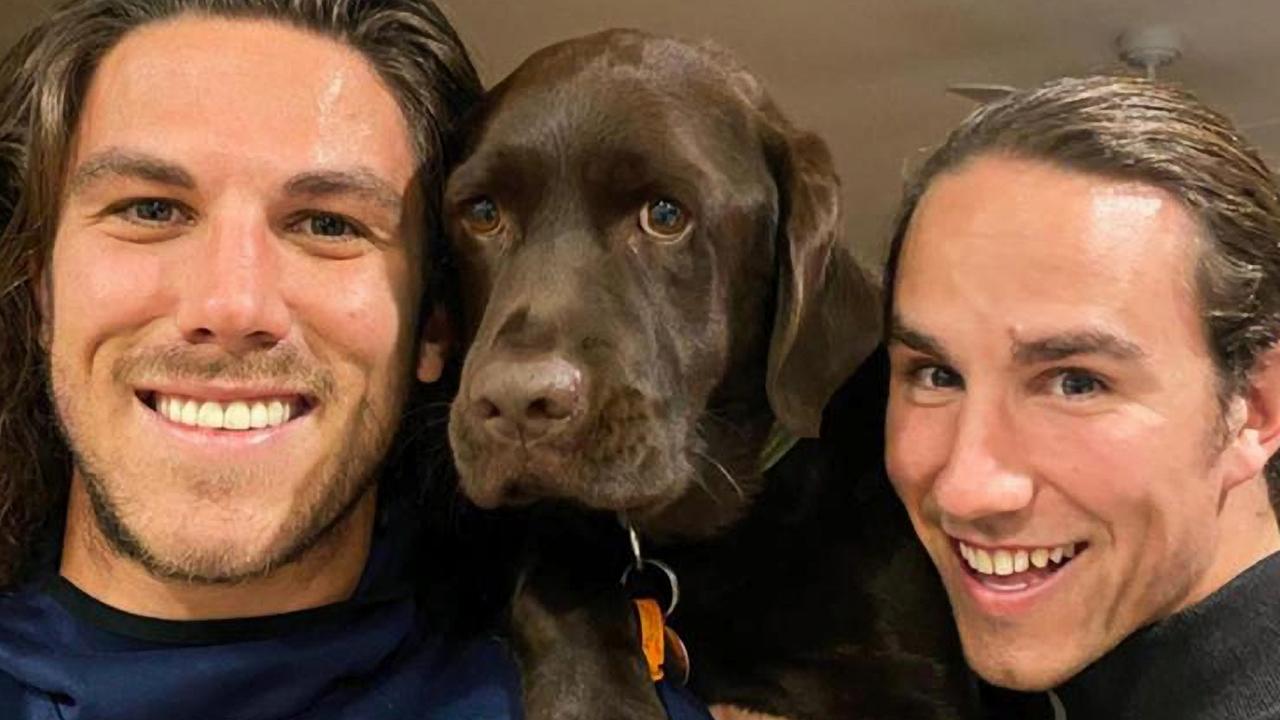Battle for Cabramatta: How murderous ethnic gangs terrorised Sydney
Up to 40 rival crime gangs wanted control of Sydney’s drug trade and they weren’t afraid to kill for it. But when a 14-year-old recruit rapidly rose to power he became the main suspect in a crime unlike any Australia had seen before.
Crime in Focus
Don't miss out on the headlines from Crime in Focus. Followed categories will be added to My News.
Cabramatta is today a vibrant colourful suburb in Sydney’s southwest famed for its bustling produce markets, Buddhist festivals and award-winning restaurants, the most multicultural district in Australia and home to the nation’s largest Hoa Vietnamese community and non-Anglo-Celtic commercial precinct.
But until only 20 years ago it was also one of the country’s highest profile battlegrounds for more than a dozen ethnic-based crime gangs, killing each other for control of the national heroin and cocaine distribution market that culminated in the nation’s first political assassination of anti-drugs campaigner John Newman.
True Crime Australia: Associates exposed after death of ‘bikie’ Ace Hall
Mexican connection: How deadly cartels are moving into Australia
For at least six years gang rivalries led to unprecedented violence that quickly spread from the suburb into the city and beyond for control of narcotics trafficking that would spark a dozen murders, multiple State and federal police operations, a parliamentary inquiry and a raft of anti-gang laws that still exist today.

The complexity also sparked a debate on multiculturalism, with police slammed for detailing the gang ethnicities, including ancient rituals, and guarded, culturally closed communities seeing police on the streets as an occupying force rather than a law enforcement.
State MP for the seat of Cabramatta John Newman was shot dead in the driveway of his home on September 5, 1994 in what made national news headlines as Australia’s first political assassination.

It was a wake-up call for authorities, but something that locals feared was going to happen for some time.
Since the mid-1980s the 5T gang — founded in Cabramatta and named for the Vietnamese words starting with ‘t’ that translate for love, money, prison, punishment and suicide — had been recruiting teenagers from Vietnamese migrant families.
Tri Minh Tran, himself a refugee who escaped Vietnam with his family for a new life in Australia, aged seven, joined the gang in 1989, aged 14, and was quickly known by authorities for standover, heroin trafficking and machete violence.
He had also faced two murder charges stemming from two separate incidents including the murder of one of his lieutenants. That form saw him lead 5T and its 200 members.
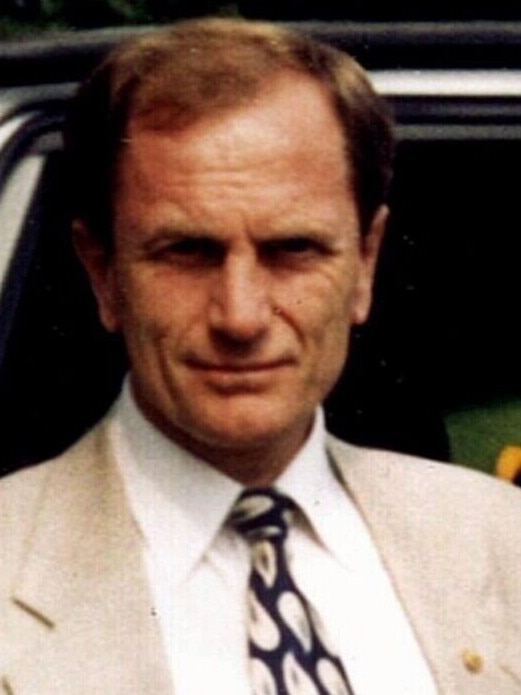
At street level 5T controlled the sale of drugs, which prompted Newman to warn parliament Asian gangs did not fear Australian laws and if caught should be prosecuted. He singled out 5T and received numerous death threats. Someone followed through on the threat and killed the 47-year-old.
FOLLOW: True Crime Australia on Facebook and Twitter
Within days of Newman’s death, Tran became the main suspect. He was interviewed by police but in August 1995 he was executed, leaving a family member to reveal how Tran had been offered and rejected a reward by local club owner and aspiring politician Phuong Ngo to kill Newman. Ngo was eventually convicted and jailed for ordering the hit.
The notoriety of connection to the murder elevated 5T’s status but by then other ethnic-based gangs were springing up across Sydney.
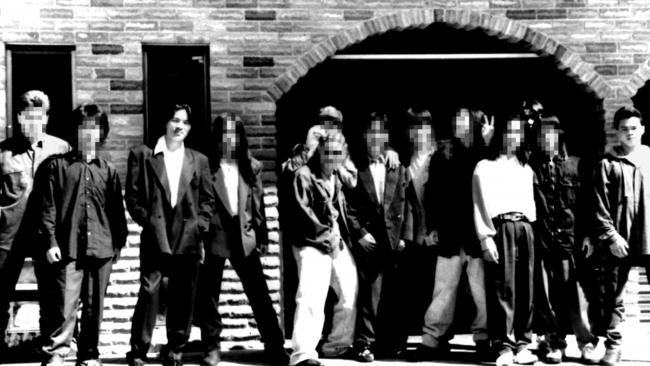
Drug dealing in Cabramatta was virtually performed in the open, with dealers on street corners selling to lines of cars. There were dial-a-drug sales, and the railway was known as the “junkie express” for the users it would attract who would openly shoot up at the station or around the corner.
Locals on weekends washing cars or watering their front yards would carry spanners and pliers in their backpockets as they had been forced to remove tap heads from their front gardens to discourage junkies using their water supply for heroin use. Preventing tap use also minimised the risk of a dumped needle in their yards.
The lucrative market however was bringing in other gangs and as 5T moved to expand not only was the group becoming fractured by a power vacuum created by the murder of Tran but from rivalries with other groups some of which still exist today in Sydney including the Chinese-based Big Circle Gang.
In February 2000 then Police Commissioner Peter Ryan appealed to the community to help put criminals’ “balls in a vice and tighten it hard” following a spate of gangland shootings; 40 shootings and two murders in four months notably in neighbouring suburbs to Cabramatta including Canley Heights, Chester Hill and Punchbowl where a McDonalds restaurant was shot up in a targeted gang-on-gang hit.
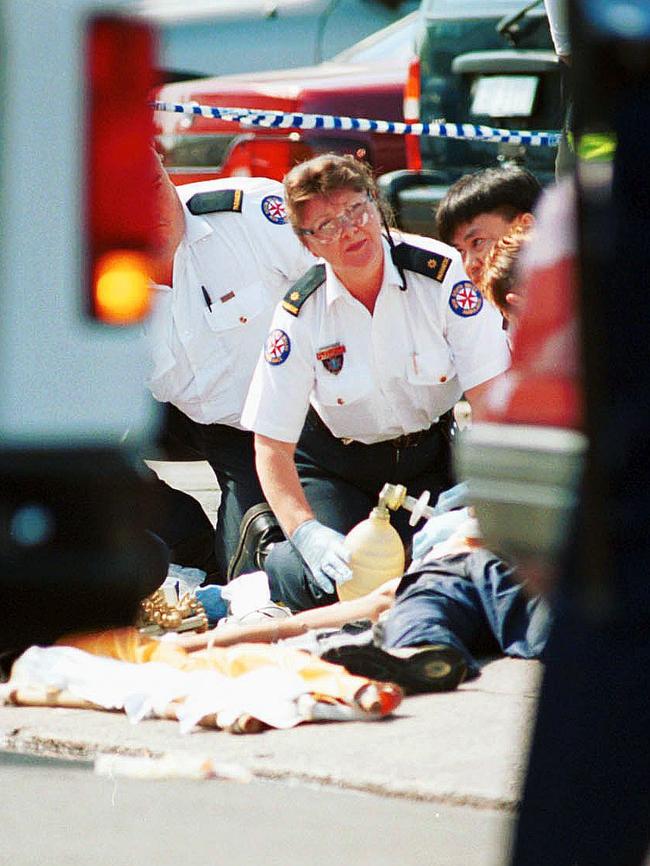
By the end of 2001 a team of specialist police known as the Gang and Organised Crime Strike Force staffed with 52 detectives was formed to wipe out 20 designated gangs of all ethnic and Anglo-Saxon base. It was backed by a raft of new laws and an increase in jail sentences for offences including kidnapping and malicious wounding, gang recruitment and drive-by shootings.
A report by the police State Intelligence Group later detailed at least 40 gangs in Sydney trafficking in drugs and other crime and extended to other cities, notably Melbourne, including:
• Russian crime syndicates buying up restaurants and licensed cafes in Sydney’s east to launder money and importing “students” to service a booming prostitution racket.
• Two new ethnic Vietnamese gangs known as Khanh and David’s being behind a spate of shootings in a struggle for control of Cabramatta’s lucrative heroin trade.
• Teenagers and young men claiming membership to a record number of notorious Chinese-based triads.
• Malaysian crime groups masterminding credit card, false identity and financial fraud.
• Lebanese-Australians pushing for new drug distribution territory in the Sutherland area.
“I think gangs are something like a jelly — you squeeze them, get a grip on one part but they pop out in others,’’ Ryan said.
“There’s a likelihood, I think, violence will increase as a way of expression among gangs, no doubt about that. It’s clearly depicted in every dumb movie that you watch and we’re following on very closely to the American tradition no matter how hard we try not to.”
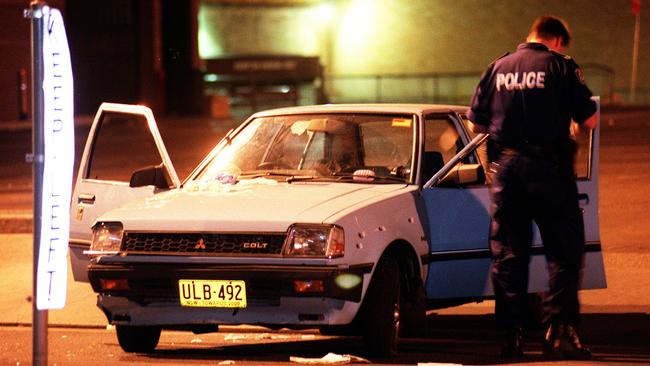
In the karaoke bars, restaurants and gangland meeting houses of Sydney, new criminals known as the “Blue Lanterns” were making their presence felt in increasing numbers. These were probationary but fully active members not yet initiated into a Triad gang.
Attached to a full member, they agreed to be loyal, give respect and contribute money to the organisation. Ultimately they would receive an invitation to join permanently by swearing the “36 Oaths” in a special ceremony sealing their commitment. They would be tattooed according to their rank in the organisation — in most cases a dragon which was coloured or extended as their seniority increased.
Finger signs and other codes such as the wearing of a red necklace or sucking coloured straws helped gang members identify each other.
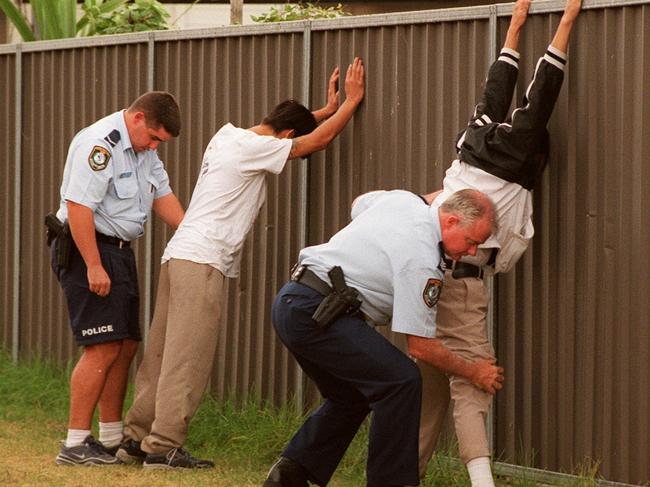
With the spread of the Chinese Triad groups, accelerated by immigrants arriving from Asia, the Big Circle Gang, which was stacked with former Red Army soldiers and criminals, was emerging as the biggest group, but Sing Wa was also growing and recruiting directly from schools.
By the end of 2003 police incredibly noted highly organised gangs continued to dominate the city despite 50 crime figures being arrested in NSW every three months on up to 150 charges. The gang busters squad was now 160 officers in strength and included Arabic and Vietnamese speakers. Over the next five years the gangs disbanded, the violence eased and Cabramatta was well on its way to the gentrified suburb it is today.
Originally published as Battle for Cabramatta: How murderous ethnic gangs terrorised Sydney


